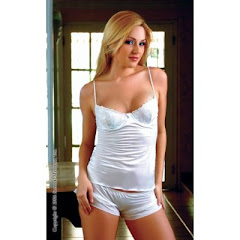 In Bangladesh, agriculture has been the backbone of economy and chief source of income for the people. Government wants to decrease poverty by getting highest productivity from agriculture and achieve self-reliance in food production. Apart from agriculture, the country is much concerned about the growth of export division. Bangladesh have accelerated and changed her exports substantially from time to time. After Bangladesh came into being, jute and tea were the most export-oriented industries. But with the continual perils of flood, failing jute fibre prices and a considerable decline in world demand, the role of the jute sector to the country's economy has deteriorated. After that, focus has been shifted to the function of production sector, especially in garment industry. In 1994/95, export earnings registered a phenomenal growth rate of 37. 04%. At that time the govt. redirected trade policy towards a competitive export oriented economy by liberalizing the trade regime. Around this time there was a significant shift from jute centric export to RMG centric export. Gradually non-traditional items became more dominant as against traditional and primary commodities. Incremental export earnings have come mostly from the RMG sector in recent years. Concentration of export market is also quite visible with EU and USA accounting for almost 80% of Bangladesh’s total exports. Our external sector was under considerable strain in1998-99 when export growth decelerated to 2.9%, the lowest since 1990s. The devastating flood of 1998 and a slump in the prices of our commodities contributed to this decline. In the aftermath of 9/11, export earnings came down by 7.44% during 2000-2001. A positive development in the structure of export growth, which has important policy...
In Bangladesh, agriculture has been the backbone of economy and chief source of income for the people. Government wants to decrease poverty by getting highest productivity from agriculture and achieve self-reliance in food production. Apart from agriculture, the country is much concerned about the growth of export division. Bangladesh have accelerated and changed her exports substantially from time to time. After Bangladesh came into being, jute and tea were the most export-oriented industries. But with the continual perils of flood, failing jute fibre prices and a considerable decline in world demand, the role of the jute sector to the country's economy has deteriorated. After that, focus has been shifted to the function of production sector, especially in garment industry. In 1994/95, export earnings registered a phenomenal growth rate of 37. 04%. At that time the govt. redirected trade policy towards a competitive export oriented economy by liberalizing the trade regime. Around this time there was a significant shift from jute centric export to RMG centric export. Gradually non-traditional items became more dominant as against traditional and primary commodities. Incremental export earnings have come mostly from the RMG sector in recent years. Concentration of export market is also quite visible with EU and USA accounting for almost 80% of Bangladesh’s total exports. Our external sector was under considerable strain in1998-99 when export growth decelerated to 2.9%, the lowest since 1990s. The devastating flood of 1998 and a slump in the prices of our commodities contributed to this decline. In the aftermath of 9/11, export earnings came down by 7.44% during 2000-2001. A positive development in the structure of export growth, which has important policy...Ref: • MS. Rubayat Jesmin• Mr. Rajeb Hashmi


No comments:
Post a Comment